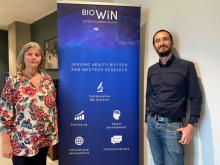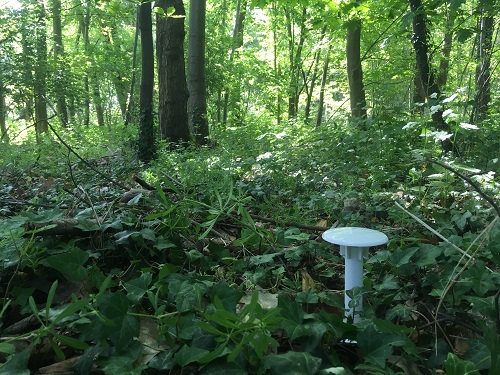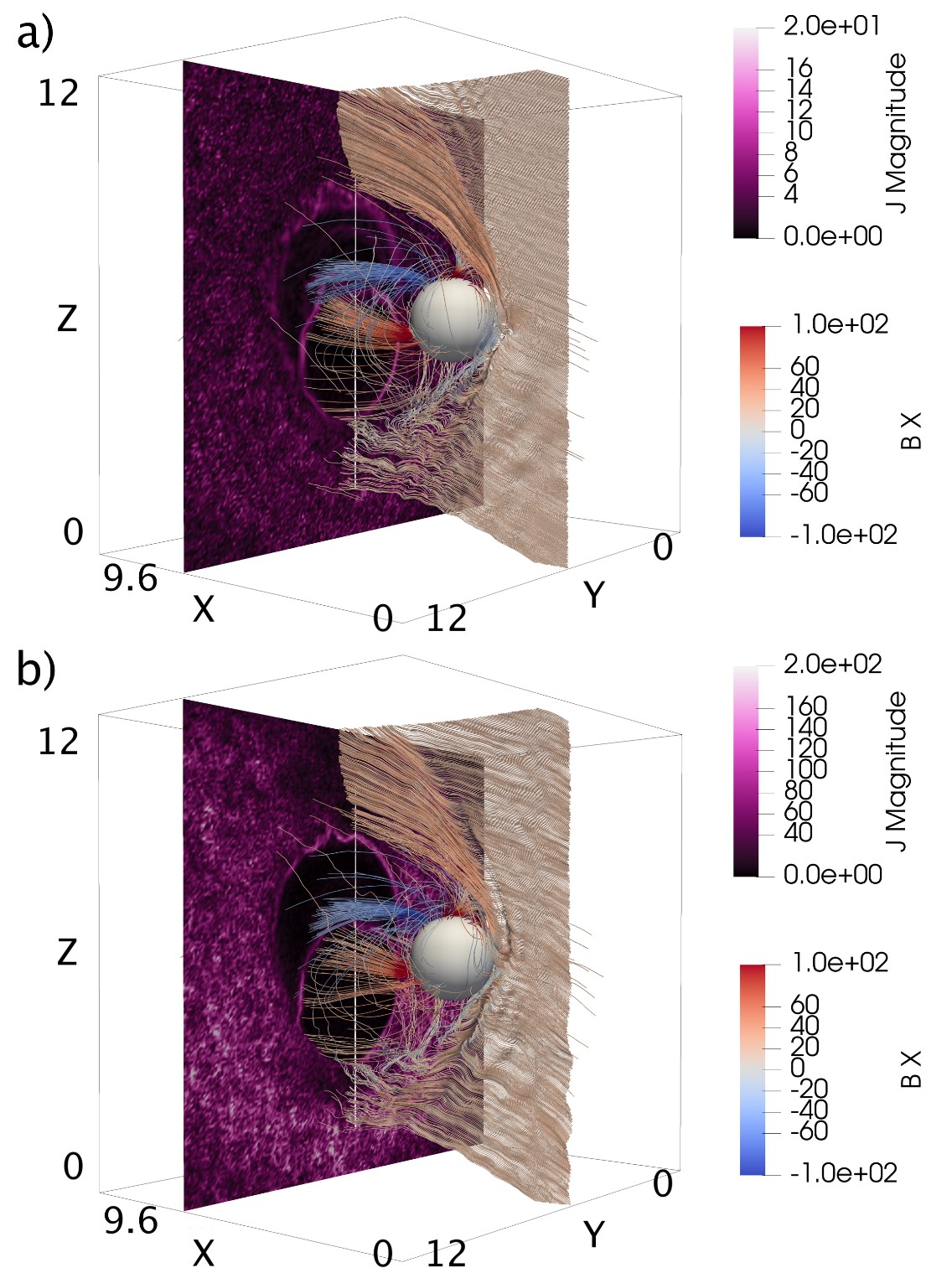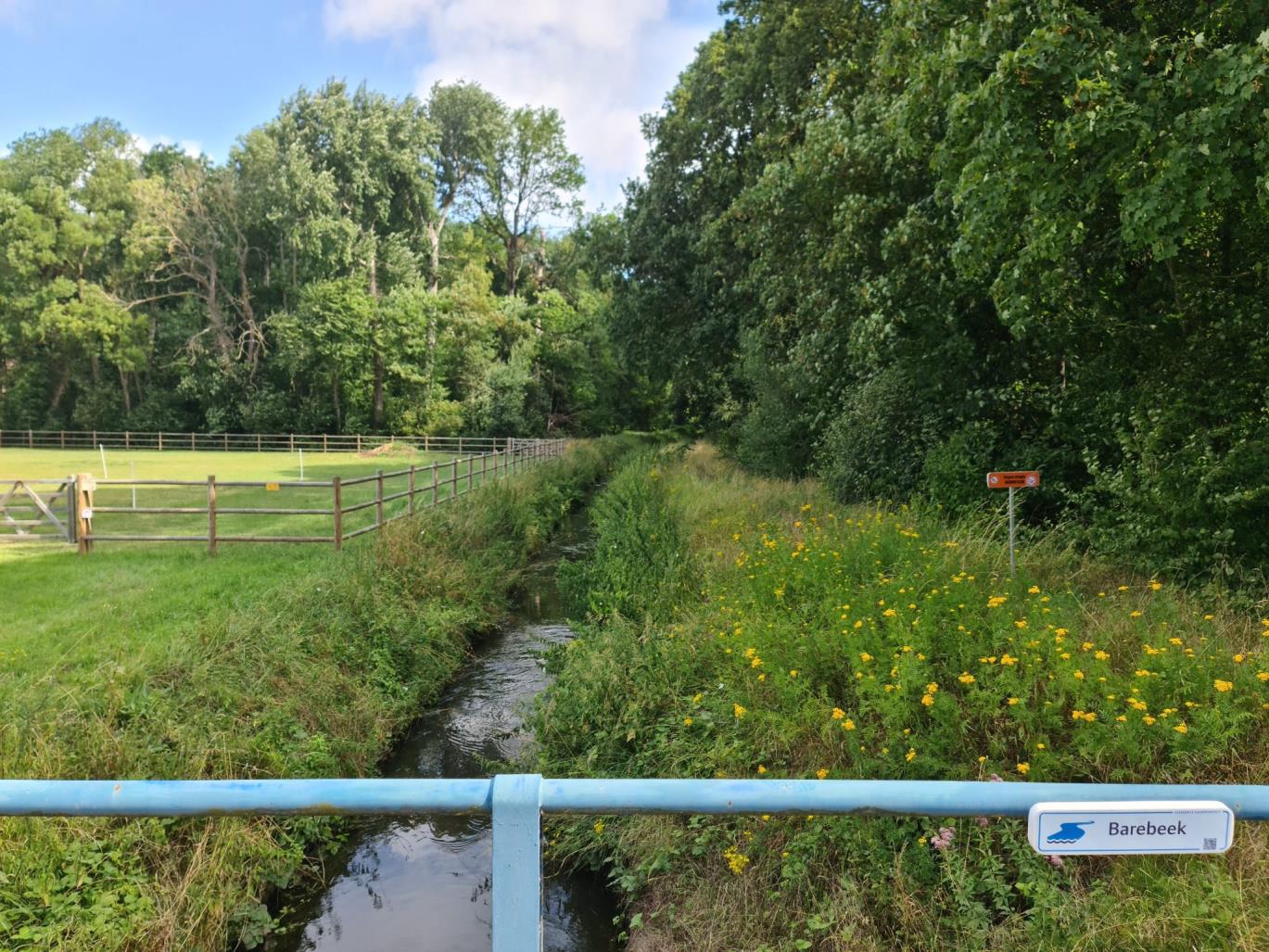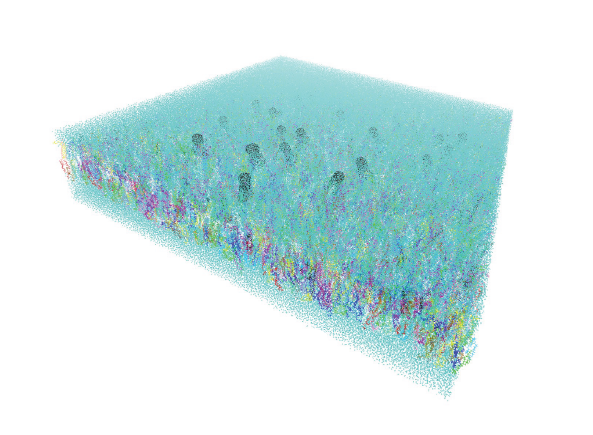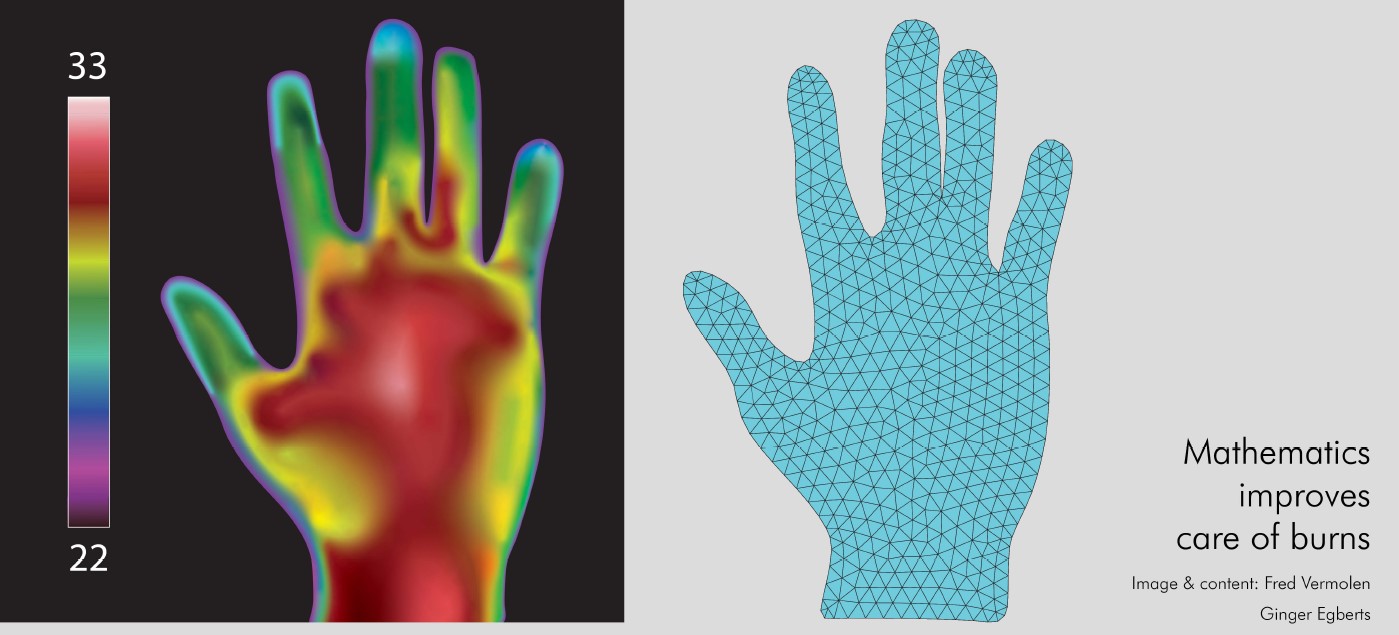Levering whole genome sequencing data to tackle missing heritability in rare eye diseases

Learn how powerful computing supports the use of more advanced genetic testing to improve the diagnosis of rare eye diseases.
Mattias Van Heetvelde: “The Tier-2 infrastructure from the VSC allows us the use of significant (temporary) storage and compute resources at no extra cost and ensures our data is handled securely and efficiently. As a safeguard, all patient-derived sequencing data on the VSC infrastructure are pseudonymised, meaning the key to retracing the sequencing data to patient information is not kept on VSC infrastructure.”

